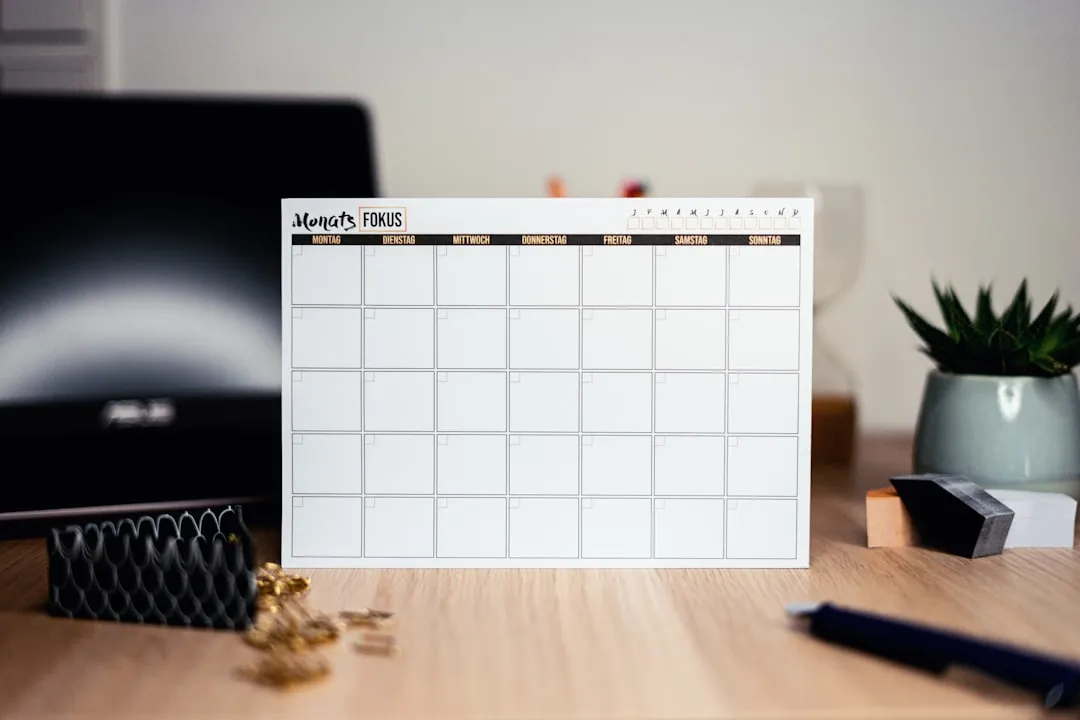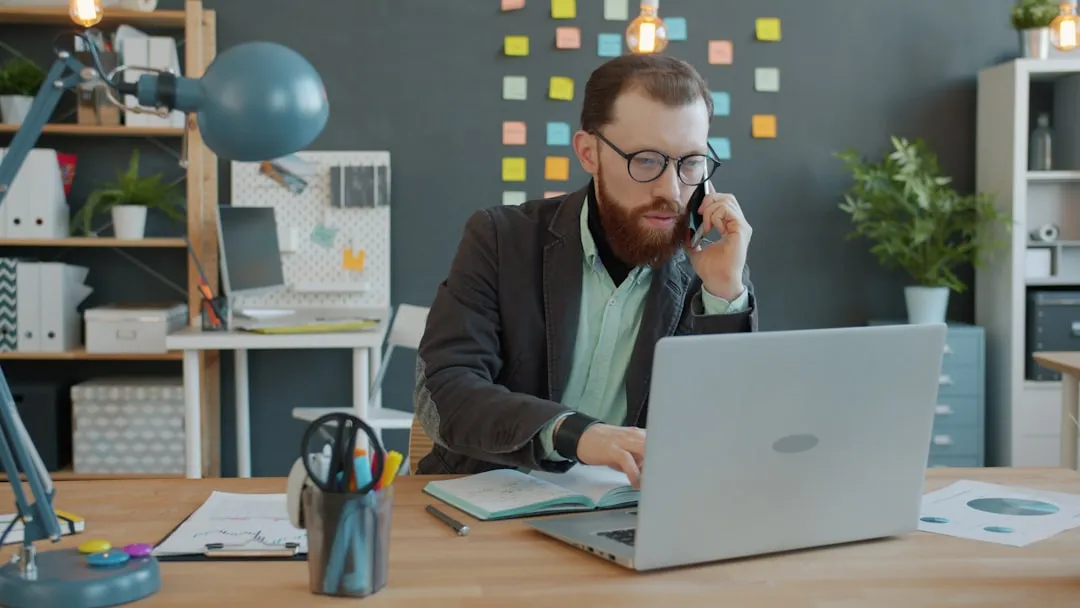Introduction: The End of the Email Blast Era
The average B2B decision-maker receives over 100 emails a day. In this deluge of digital noise, the generic, one-size-fits-all email blast is not just ineffective—it's a liability. Unsolicited, impersonal emails are deleted without a second thought, damaging your brand's reputation and wasting valuable resources. To succeed in 2025 and beyond, B2B sales and marketing teams must evolve, adopting a sophisticated, value-driven, and hyper-personalized approach to email outreach. This playbook provides a comprehensive guide to the advanced strategies that top-performing teams use to cut through the noise, build meaningful relationships, and book more meetings.

1. The Foundation: A Flawless List and a Bulletproof ICP
Before you write a single word, the success of your campaign is determined by the quality of your list. As we covered in our B2B Email List Building Guide, a high-quality list is the bedrock of any successful outreach effort. But for advanced outreach, we need to go a step further by tiering our Ideal Customer Profile (ICP).
The Concept of a "Tier 1" ICP
Not all perfect-fit customers are created equal. A "Tier 1" ICP represents the absolute best-of-the-best—the companies that are not only a perfect fit for your solution but are also the most strategic and valuable to your business. These are the accounts that deserve a disproportionate amount of your personalization efforts. Your Tier 1 list should be small, manageable, and treated like a portfolio of high-value assets.
Enriching Data for Advanced Outreach
To personalize effectively, you need the right ammunition. This means enriching your data beyond basic firmographics. For each Tier 1 prospect, you should be looking for personalized "hooks" that will make your outreach impossible to ignore. This includes:
- Recent company news (funding rounds, product launches, new hires).
- Content they've written or shared on LinkedIn.
- Podcasts or webinars they've appeared on.
- Personal interests or alma mater if appropriate and available.
2. The Art of Hyper-Personalization at Scale
Hyper-personalization is the practice of making every email feel like it was written 1-to-1, even when you're reaching out to hundreds of prospects. This is achieved through a combination of deep research and strategic segmentation.
The "Why You, Why Now" Framework
Your opening line is the most critical part of your email. It must immediately answer the prospect's two unspoken questions: "Why are you emailing *me*?" and "Why should I care *now*?" The "Why You, Why Now" framework is a powerful way to structure your opening:
- Why You: "I saw your post on LinkedIn about the challenges of scaling a remote sales team..."
- Why Now: "...and with your company's recent expansion into the European market, I imagine this is a top priority."
A Tier-Based Personalization Strategy
You can't spend an hour researching every prospect. A tiered approach allows you to allocate your resources effectively:
- Tier 1 (Top 20% of ICP): Fully manual, 1-to-1 personalization. No automation in the first touch. Each email is a handcrafted masterpiece.
- Tier 2 (Next 50%): "Semi-personalized." Use snippets that apply to a small segment. For example, you could write a custom opening line for all VPs of Sales in the cybersecurity industry.
- Tier 3 (Bottom 30%): Light personalization based on industry, role, or a common pain point. This is where well-crafted templates can be effective.

3. Crafting Irresistible Subject Lines and Opening Hooks
Your subject line has one job: to get your email opened. Here's how to make it irresistible.
The Psychology of the B2B Subject Line
There are two primary approaches to subject lines:
- Benefit-Driven: Clearly state the value you can provide (e.g., "Idea for improving [Company Name]'s sales pipeline").
- Curiosity-Driven: Pique their interest without giving everything away (e.g., "Question about your recent post").
The best approach depends on your audience and your offer. That's why A/B testing is crucial.
A/B Testing Framework for Subject Lines
To run an effective A/B test, follow these steps:
- Create two different subject lines (A and B).
- Send Version A to a small, random sample of your list (e.g., 10%).
- Send Version B to another small, random sample (e.g., 10%).
- Wait for a statistically significant period (e.g., 24 hours).
- Send the winning subject line to the remaining 80% of your list.
4. The Anatomy of a High-Converting Cold Email
A successful cold email has a clear, logical structure that guides the reader from the opening line to the call to action.

The Value Proposition
After your personalized opening, you need to clearly and concisely state your value proposition. Don't talk about what your product *is*; talk about what it *does*. Focus on the outcome and the problem you solve.
The Call to Action (CTA)
Your CTA should be clear, specific, and low-friction. There are two main types:
- Interest-based CTAs: These gauge interest without asking for a meeting (e.g., "Is this something you're currently focused on?"). They are great for initial outreach.
- Time-based CTAs: These ask for a specific amount of time (e.g., "Do you have 15 minutes to discuss this next week?"). They are best used later in a sequence.
The P.S. Line
The postscript (P.S.) is a surprisingly effective tool. It's a great place to add a final, personal touch, a secondary CTA, or a link to a valuable resource.
5. Designing and Executing Multi-Channel Sequences
Email alone is often not enough. A multi-channel approach that integrates LinkedIn and phone calls can dramatically increase your response rates.
The Power of the "Trifecta"
A well-coordinated sequence across email, LinkedIn, and phone ensures you stay top-of-mind without being intrusive. Here is a sample 10-day sequence:
- Day 1: Highly personalized email.
- Day 2: View their LinkedIn profile.
- Day 3: Send a LinkedIn connection request with a brief, non-salesy note.
- Day 5: Follow-up email with a valuable resource (e.g., a relevant case study).
- Day 7: Cold call, referencing the previous touches.
- Day 10: A polite "breakup" email to close the loop professionally.

6. The Art of the Follow-Up: Persistence Without Annoyance
Most meetings are booked in the follow-up. The key is to be persistent without being a pest. The golden rule of following up is to always add value. Never send an email that just says "bumping this up." Instead, try:
- Sharing a relevant blog post or article.
- Congratulating them on a recent company achievement.
- Offering a free tool or resource that could help them.
7. Tools of the Trade: Building Your Outreach Tech Stack
While personalization is key, the right technology can help you execute your strategy at scale. A modern outreach tech stack includes:
- Sales Engagement Platforms (SEPs): Tools like Outreach, Salesloft, and Apollo.io help you manage your sequences, track engagement, and automate administrative tasks.
- Data Enrichment Tools: ZoomInfo and Clearbit can help you enrich your data with accurate contact information and firmographics.
- Email Verification Tools: Never send a campaign without first cleaning your list with a tool like ZeroBounce or Hunter.
8. Measuring Success: KPIs That Actually Matter
Open rates are a vanity metric. To truly measure the success of your outreach, you need to track KPIs that are tied to revenue:
- Positive Reply Rate: The percentage of prospects who reply with genuine interest.
- Meetings Booked Rate: The percentage of prospects who agree to a meeting.
- MQL-to-SQL Conversion Rate: The percentage of marketing-qualified leads that are accepted by the sales team.
- Pipeline Generated: The total value of the sales opportunities created from your outreach.
9. Conclusion: From Cold Outreach to Warm Conversations
Advanced B2B email outreach is a paradigm shift from a numbers game to a quality game. It requires a commitment to deep research, genuine personalization, and a value-driven, process-oriented approach. By investing the time and effort to master these strategies, you can transform your cold outreach from an intrusive annoyance into a welcome conversation starter, building a predictable sales pipeline and driving sustainable growth for your business.
Ready to build a powerful outreach engine that drives results?
Explore Our Managed Outreach ServicesFrequently Asked Questions
Q: What is the ideal length for a B2B cold email?A: For the initial email, shorter is almost always better. Aim for 3-5 sentences. Your goal is to be clear, concise, and respectful of their time. Subsequent follow-ups can be longer if you are providing significant value.
Q: How many follow-ups are too many?A: A sequence of 5-7 touches over 2-3 weeks is a common best practice. This should include a mix of emails, LinkedIn interactions, and phone calls. It's crucial to have a polite "breakup" email at the end to close the loop professionally.
Q: Should I use automation for my outreach?A: Automation should be used to scale your process, not to replace personalization. Use tools to schedule your emails, manage your sequences, and remind you to follow up, but the content of your emails, especially for your Tier 1 prospects, should be highly personalized.




